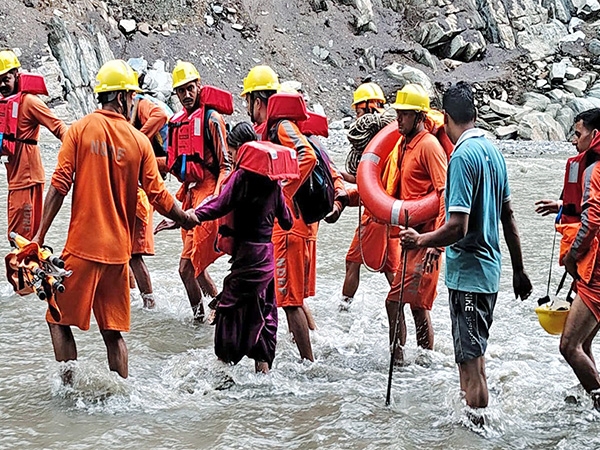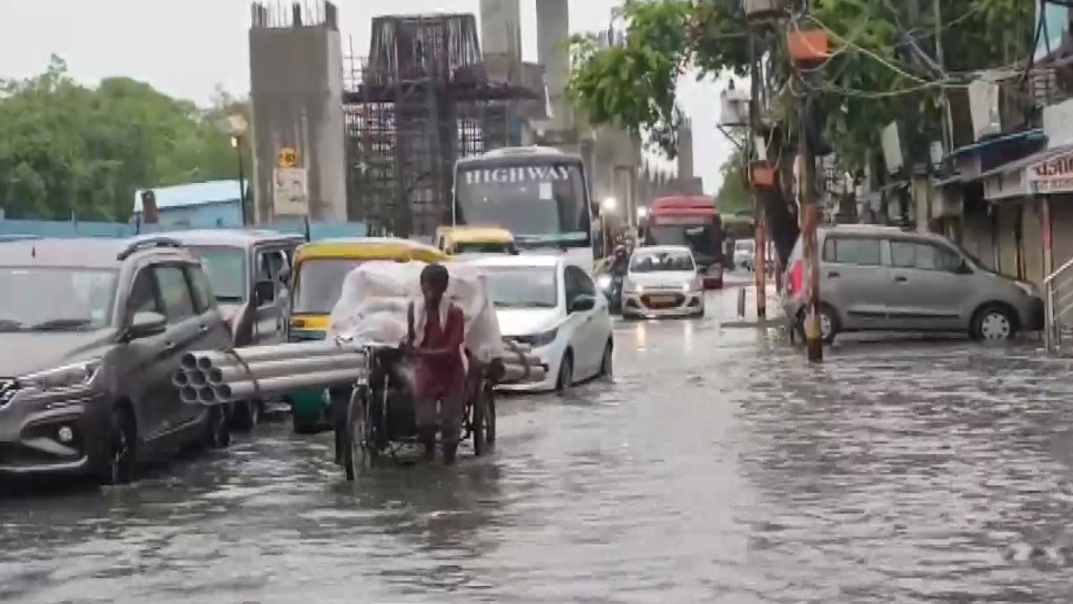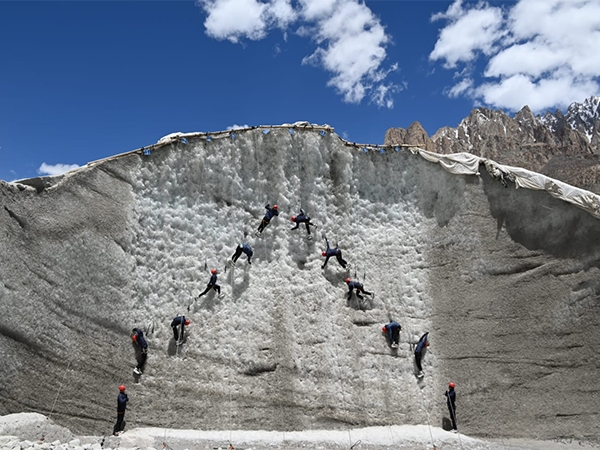The art of grading artists: blurring the line between O, P, W & POW

O, P or W?
That's probably the first thought that is likely to cross an artist's mind when meeting a colleague now. And who knows if she or he will decide to exchange greetings based on whether the fellow-artist's performance has been graded as "Outstanding", "Promising" or "Waiting".
For the uninitiated, the Ministry of Culture has decided to grade artists across India. In a pilot project, the ministry has already graded 185 artists for representing India in festivals abroad.
According to a report, Kathak exponent Shovana Narayan, Padma Bhushan awardee and Carnatic musician TV Gopalakrishnan, and Delhi-based Akshara Theatre group have been graded as "O", while Kuchipudi exponent Shallu Jindal, who is the wife of Congress leader Naveen Jindal has got the "P" grade. This grading was done by a high-powered committee comprising bureaucrats and selected artistes.
Also read - I haven't taken back my award & fight is still on, says Nayantara Sahgal
India's oldest and arguably finest writer in English Nayantara Sahgal who triggered the Award Wapsi movement last year by returning her Sahitya Akademi award isn't surprised. Or shocked. She dismisses the move as the government's latest "to control all avenues".
Senior artist Orijit Sen's reaction is a laugh. A long laugh.
Delhi-based art critic Johny ML has quickly put out a blogpost: "O, P, W- Nay, it Should Be P-O-W: A Fascist Move to Categorize Indian Creativity". The image that accompanies the post is tongue-in-cheek: "How to apply for creative permit" - a take on "How to apply for student permit". And of course it begins with - "When two Indian artists meet, now onwards, they should be asking each other which category they belong, O, P or W?"
Baroda-based artist Rollie Mukherjee who created a storm with a series of paintings highlighting the pain and trauma of the Kashmiri people says she has "no respect for such (a) move".
Hitting the nail on head
Sahgal, bitter at this move by the government to suppress freedom and creativity, tells Catch:
"I am not surprised because the government has wanted to take control of art and literature and everything connected with the creative imagination. It is extremely stupid of them. But if that's what they want to do, let them do it."
She is relieved that this caveat applies only to state-sponsored festivals and not for literature festivals that happen around the world.
She suggests that the move should be "ignored". "It is not only stupid but it is exactly what I expected this government to do," she adds.
Orijit Sen is not against the idea of artists being graded per se.
"This doesn't sound too bad - as long as it helps the government portion out its freebies in a more democratic manner. What we had so far is no system, or rather a system of cliques and coteries who hogged all the goodies between themselves. As we know, some built long and lucrative careers out of being bumchums with the right people!" says Sen.
"But whether the system will actually help identify real talent and help them in some way is of course something I'd remain sceptical about. My question to applying artists, on the other hand, is why? Why do you seek government patronage? Aren't the opportunities outweighed by the perils, especially with this government? Will you retain your independence and freedom to speak out against the same government that provides for you?"
The editor of Little Magazine, Antara Dev Sen, is at her sarcastic best when asked to comment on the move to grade the artists' and writers' community.
"What a lovely idea. We should also try to grade our politicians to make sure that we send the right politician to represent us in the right situations according to their grade. Besides, what a joy it would be to get to know our "Outstanding" netas or even the "Promising" ones, because most netas we see around us seem to be in the "Waiting" category," Sen tells Catch.
The art of grading
Any practitioner of an art form can access the Centre for Cultural Resources and Training (CCRT) website and fill out an application which has columns for a host of areas including architecture, sculpture, painting, handicrafts, puppetry, music, dance, theatre and literature.
Johny ML's post shares the pain and shock of artists. "An analysis of the move of the government to create three categories of artists is in fact a sort of census or stock taking of the ideological partners of the government from amongst the creative communities..."
The ministry has apparently already processed 185 applications - of which 112 are in the 'P', category 46 in 'O' and 27 in 'W'. The first two categories are fit to represent India abroad.
For Johny this will result in breeding mediocrity. This also reminds him of "the license-quota raj prevalent in Indira Gandhi's time".
For Antara Dev Sen, the move is not entirely absurd.
"... given that the present government has been taking over institutions and has been keenly trying to promote its own brand of cultural nationalism from the moment it came to power. This is just a part of that process of saffronisation. Let's face it, every government - be it the GoI or a state government - has its own favourites and outcasts when it comes to representation and honorariums, but they don't try to etch it in stone. This government does. And it doesn't care about using the tax payers' money for this mission impossible."
Senior sociologist Neshat Quaiser, who heads the department of Sociology at Jamia Millia Islamia University, says the bureaucrats at the Ministry of Culture may not be the best people to grade artists.
"Artists and writers may be graded but by the extremely competent people in respective field of art and literature and who are without any prejudice. In the given situation, Ministry of Culture cannot do it. The ministry would ultimately develop a system of graded patronage according to political predilections and personal likes and dislikes. The ministry should first have a panel of artists and writers of impeccable character and record with wider consultations."
The morals of grading
Meena Kamal is a San Francisco-based Indian artist who is currently showcasing her work "Surf and Turf" there. She is equally baffled at the government's move to grade creativity.
"Art speaks for itself. It does not need government patronage. History has shown legendary artists like Michelangelo, Paul Klee, Robert Mapple Throwpe and Owen Maseko were prosecuted by their governments but their art was eternal. We can evaluate art based on genre, techniques and creations - but there cannot be rubrics to grade an artist."
Antara Dev Sen articulates the artists' angst by asking the obvious.
"How does one properly evaluate writers and artists in a culturally rich and extremely culturally active country of 1.3 billion? Besides, bureaucrats may not be the best judges of cultural matters. They have too much red tape to waddle through and too many masters to answer to. This process would simply grade one's skills of buttering up. In short, it's utterly butterly absurd," she adds.
Orijit Sen is hoping that the grading will be done by experts in the field. He finds the idea of being graded by bureaucrats bizarre.
"You cannot have a bureaucrat judge an artist. It has to be somebody qualified or somebody senior in this field. Or a group of people taking the call in a sensitive way," he suggests.
"They will use it as yet another way to push and promote their agenda. Obviously they are trying to dismantle everything that has happened till now," he says.
If Sen makes the grade to attend a government-sponsored event outside India this is what he would do.
"As an artist I would be very sceptical about being sponsored by the government. I have always been in that sense. More so now. Even if I attend such a government-sponsored event I would ensure that it did not in any way affect my freedom of speech, movement and freedom and the power to criticise government policies."
We hope other artists live up to this spirit too.
First published: 18 July 2016, 23:39 IST






![BJP's Kapil Mishra recreates Shankar Mahadevan’s ‘Breathless’ song to highlight Delhi pollution [WATCH] BJP's Kapil Mishra recreates Shankar Mahadevan’s ‘Breathless’ song to highlight Delhi pollution [WATCH]](https://images.catchnews.com/upload/2022/11/03/kapil-mishra_240884_300x172.png)

![Anupam Kher shares pictures of his toned body on 67th birthday [MUST SEE] Anupam Kher shares pictures of his toned body on 67th birthday [MUST SEE]](https://images.catchnews.com/upload/2022/03/07/Anupam_kher_231145_300x172.jpg)






